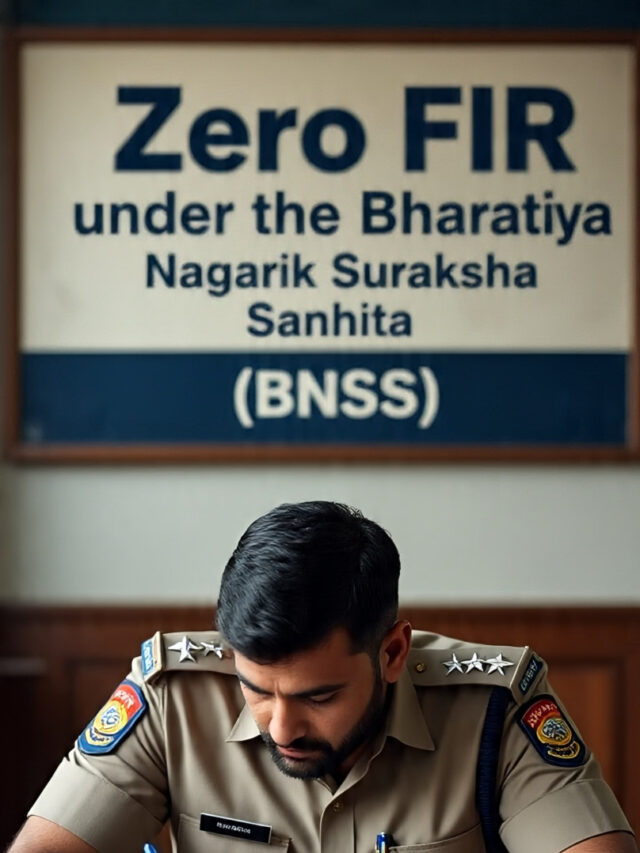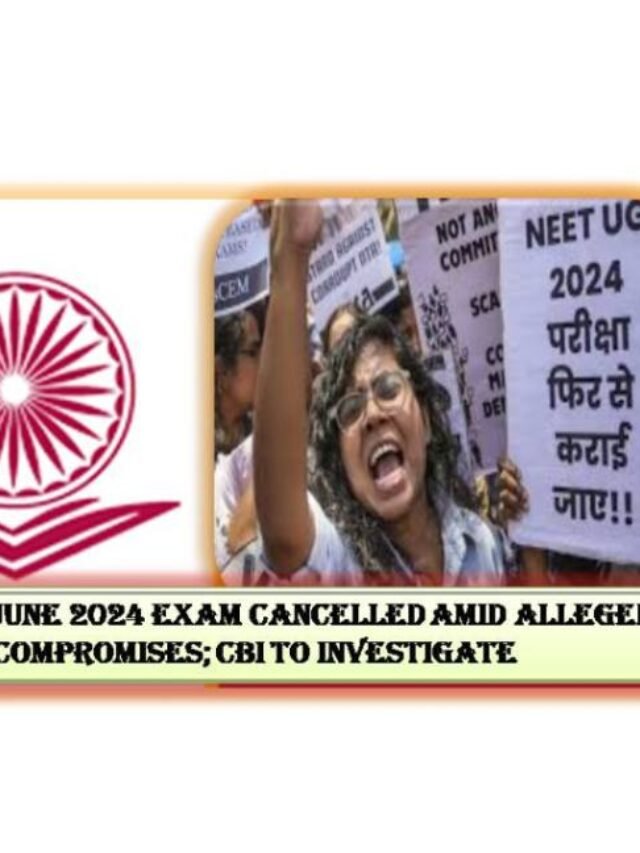Doctrine of Merger and Supreme Court’s Extraordinary Powers: A Closer Look at Govt. of NCT of Delhi v. M/s BSK Realtors LLP
Introduction
In a significant legal development, the Supreme Court of India recently revisited the doctrine of merger while hearing a land acquisition matter titled Government of NCT of Delhi & Anr. v. M/s BSK Realtors LLP & Anr. The case, heard by a bench comprising Justices Surya Kant, Dipankar Datta, and Ujjal Bhuyan, not only engaged with complex questions of land law but also provided clarity on how constitutional provisions—particularly Article 142—can influence settled judicial principles.
Why Is This Case Important?
This case has drawn attention because it questions whether a previously decided case can be reopened in light of a later Constitution Bench ruling. It specifically examines the boundaries of the doctrine of merger, which holds that once a higher court delivers its verdict in a case, the decision of the lower court merges into that ruling and no longer retains an independent existence. However, the use of Article 142 to override this principle in public interest makes this case particularly noteworthy.
Case Background: Timeline and Key Facts
- The dispute pertains to land acquisition initially carried out under the Land Acquisition Act of 1894, and subsequently governed by the provisions of the Right to Fair Compensation and Transparency in Land Acquisition, Rehabilitation and Resettlement Act, 2013 (RFCTLARR Act).
- In 2016, the Delhi High Court ruled in favour of M/s BSK Realtors LLP, declaring the acquisition had lapsed.
- The Delhi Development Authority (DDA) challenged this decision before the Supreme Court, which dismissed the appeal after granting leave, effectively upholding the High Court’s decision.
- In 2020, a Constitution Bench in the Indore Development Authority case reinterpreted what constitutes a lapse of acquisition under the 2013 Act.
- Following this, the Government of NCT of Delhi filed a fresh Special Leave Petition (SLP) in the Supreme Court, seeking reconsideration of the original 2016 judgment.
- M/s BSK Realtors LLP objected, arguing that the earlier decision had merged with the Supreme Court’s 2016 dismissal and was no longer open to reconsideration under the doctrine of merger.
What Is the Doctrine of Merger?
The doctrine of merger is a well-established legal principle that ensures finality in judicial decisions. It means that after a higher court gives its verdict, the lower court’s decision becomes part of that ruling and is no longer treated as a standalone judgment.
Purpose and Benefits:
- Maintains judicial hierarchy
- Avoids conflicting decisions on the same matter
- Promotes finality and judicial economy
Exceptions to the Doctrine:
- When the higher court dismisses an appeal without addressing merits, e.g., on limitation grounds
- When the case is remanded for fresh consideration
- When the Supreme Court exercises its special jurisdiction under Article 136 or its exceptional powers granted by Article 142.
Court’s Observations in the Present Case
Although the Supreme Court did not definitively rule on the application of the doctrine of merger in this particular case, it made several key legal clarifications:
- Reaffirmed Kunhayammed v. State of Kerala (2000):
The Court emphasized that the doctrine is not of universal application and must be assessed in the context of:- The specific jurisdictional power held by the superior court
- The subject matter of the challenge
- The specific context in which the appeal was dismissed
- Article 142 Takes Precedence:
The bench emphasized that Article 142—which empowers the Supreme Court to do “complete justice”—can be invoked to override procedural barriers like merger or stare decisis when required in public interest. - Directions Issued:
Using Article 142, the Court:- Extended timelines for fresh land acquisition proceedings
- Dispensed with technical requirements that would have otherwise blocked reconsideration
These directions effectively sidestepped the impact of the doctrine of merger in favour of equitable relief.
Landmark Judgments on the Doctrine of Merger
1. Kunhayammed v. State of Kerala (2000)
The Supreme Court clarified that dismissal of an SLP without reasons does not automatically lead to merger. Only when the higher court applies its mind to the merits does the doctrine apply.
2. State of Madras v. Madurai Mills Co. Ltd. (1967)
This case held that when an appellate court modifies a decree, the original decree merges with the appellate judgment.
3. Gojer Bros. (P) Ltd. v. Ratan Lal Singh (1974)
Here, the Court ruled that even non-speaking dismissals (i.e., without recorded reasons) may lead to merger, depending on the case’s nature and the jurisdiction exercised.
Implications of the Judgment
- Enhances the Supreme Court’s discretionary authority under Article 142 in matters involving public interest.
- Upholds that procedural doctrines like merger should not serve as obstacles to justice.
- Balances legal finality with flexibility in extraordinary circumstances
- Serves as a reminder that even settled legal doctrines are subject to constitutional oversight
Conclusion
The Government of NCT of Delhi v. M/s BSK Realtors LLP case serves as a compelling example of how the Supreme Court balances established legal principles with the broader goal of justice. While the doctrine of merger promotes legal finality, the Court’s decision to invoke Article 142 underscores that procedural rules cannot override substantive justice, especially in matters of public interest. This judgment is a reaffirmation of the Court’s role as a guardian not just of the Constitution but of equitable justice in India’s evolving legal framework.

























